Schools, sports facilities, centers of culture, many different public institutions, including buildings of municipalities or police administrations, during the aggression against Bosnia and Herzegovina, were turned into death camps, places of terrible crimes, torture and executions.
It is incredible, however, the fact that places like this, after having served monstrous ideas, are completely normally prepared for regular activities. No signs that any of the facilities were a camp where innocent people were tortured and killed.
"Camps in schools were formed all over our country and practically there is no occupied municipality where the school was not used for that genocidal purpose in the spring and summer of 1992. They were formed in the occupied municipalities around Sarajevo, throughout Podrinje, Krajina... The key determinant of the crime over Bosniaks from Bijeljina and Zvornik, via Bratunac, Vlasenica, Srebrenica, to the municipalities of Rogatica, Čajniče, Rudo, Višegrad, Foča, Kalinovik, Bileća... are detentions in schools, centers of culture and mass killing, torture, torture, rape of civilians, among which include a significant number of minors," says Muamer Džananović, research associate at the Institute for Research on Crimes Against Humanity and International Law at the University of Sarajevo.
Ethnic cleansing
Crimes against Bosniak civilians in all Podrinje municipalities were committed according to an established pattern. For example, the crimes in the Agricultural Land of Rogatica, the school in Rogatica, the horse stables in Borike, the Church House, the Nursery and other facilities will permanently mark the lives of numerous Bosniaks in Rogatica.
"Rajko Kušić signed combat reports on the accommodation of the Muslim population in the school in Rogatica. In the premises of the high school in that town, witnesses who were forced to clean up the traces of the crime testify that when they entered the room where there were two prisoners, one of whom was dead, that he was beaten so badly that it was just a pile of blood and flesh that was impossible to recognize and identify," emphasizes Džananović.
On the other hand, crimes against Bosniaks in the municipalities of Rudo, Čajniče, Kalinovik are less of a focus of the public and researchers, however, the incarceration in camps in the hunting lodge "Mostina", in PU in Čajnič and in the school started already in April, and the crimes were committed in the following period until every single Bosniak was killed, tortured and expelled.
"Around a hundred victims of the killing in the municipality of Rudo and the complete "cleansing" of Bosniaks from this municipality was carried out according to an identical matrix. The search of the families for the remains of their loved ones continues today. In addition to all the crimes against civilians in Kalinovik, it should be mentioned the fact that a significant number of Bosniaks, mostly from Foča and Gack were taken to the primary school in Kalinovik, where they were beaten, raped and killed," Džananović said.
Schools as death camps
He reminds that Serbian forces committed monstrous crimes against Bosniak civilians in Foča, and that "ethnic cleansing" was carried out in a similar way in Višegrad, where school buildings were also used for genocidal purposes.
"Detention in the KPD of Foča and various forms of abuse, torture and killing, as well as rape and sexual abuse in the Foča High School Center, the "Partizan" sports hall, Karaman's house, and other private houses and apartments become a feature of the genocide against the Bosniaks of Foča. Mitar Šipčić , a member of the Crisis Staff, was in charge of the guards at the secondary school in Foča. Dragan Gagović, the head of the Foča police, was seen in the Secondary School Center in Foča and in the "Partizan" hall, and according to testimonies, he participated in rapes. Soldiers and policemen took women and girls and raped them en masse. Those crisis headquarters played a key role in the formation of detention facilities from Prijedor, Zvornik, Foča to practically every municipality that was considered Serbian," says Džananović.
During the July 1995 genocide in Srebrenica and Žepa, close to 800 inhabitants of Žepa hoped that after Žepa was handed over to the aggressors, they would find salvation in Serbia.
The crime is not discussed
"After they arrived in Serbia, they were brutally abused in the prepared camps in Šljivovica and Mitrovo Polje. Some were killed, and most remained in the camps for several months in 1996, that is, after the signing of the Dayton Peace Agreement, to which Serbia is also a signatory. A certain number of Bosniaks from upper Podrinje were also detained in Boka Kotorska in Montenegro, which is a less well-known and researched fact, where they were also exposed to various brutalities," says Džananović.
The specifics is that after the crime in most of the "ethnically cleansed" places, the premises were cleaned of traces of the crime and prepared for regular activities.
"The teaching process in schools has been properly continued since the end of 1992. To this day, no one tells the students of schools in the RS anything about the monstrous history of the building where children spend most of the day. hang iconography on the walls that supports further separation. Or build a monument in front of the school, and in the school a memorial room for those who participated in such barbaric crimes. Since 1992, many generations have grown up with the idea that nothing special happened there, that that what was done was right, or that those who did it were actually heroes. Is it possible that to this day not a single teacher or teacher has come forward to tell those children how monstrous crimes were committed against Bosniaks and Croats in their other homes, what schools are," concludes Džananović.
Source and photo: Klix.ba
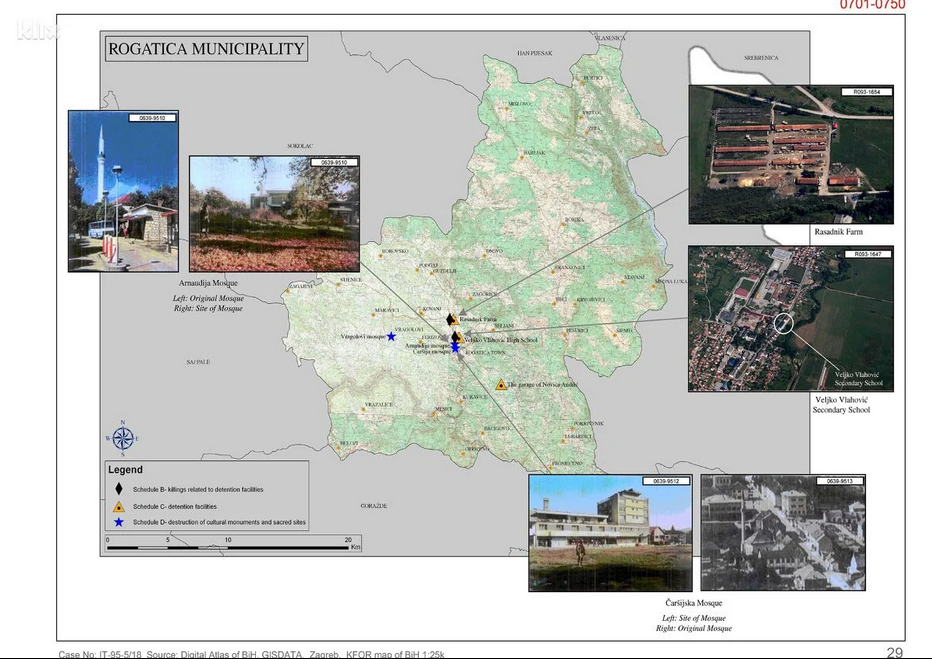

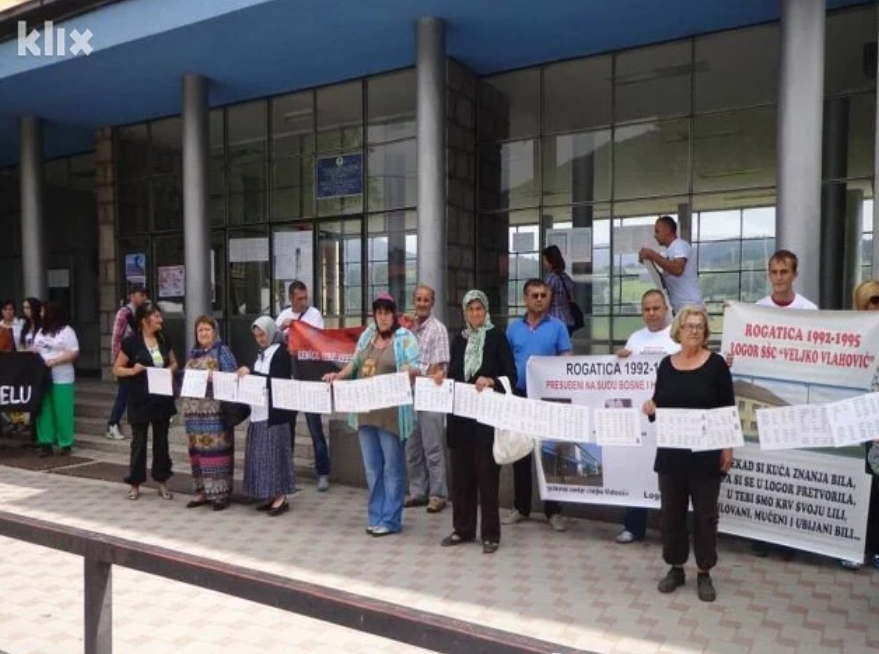
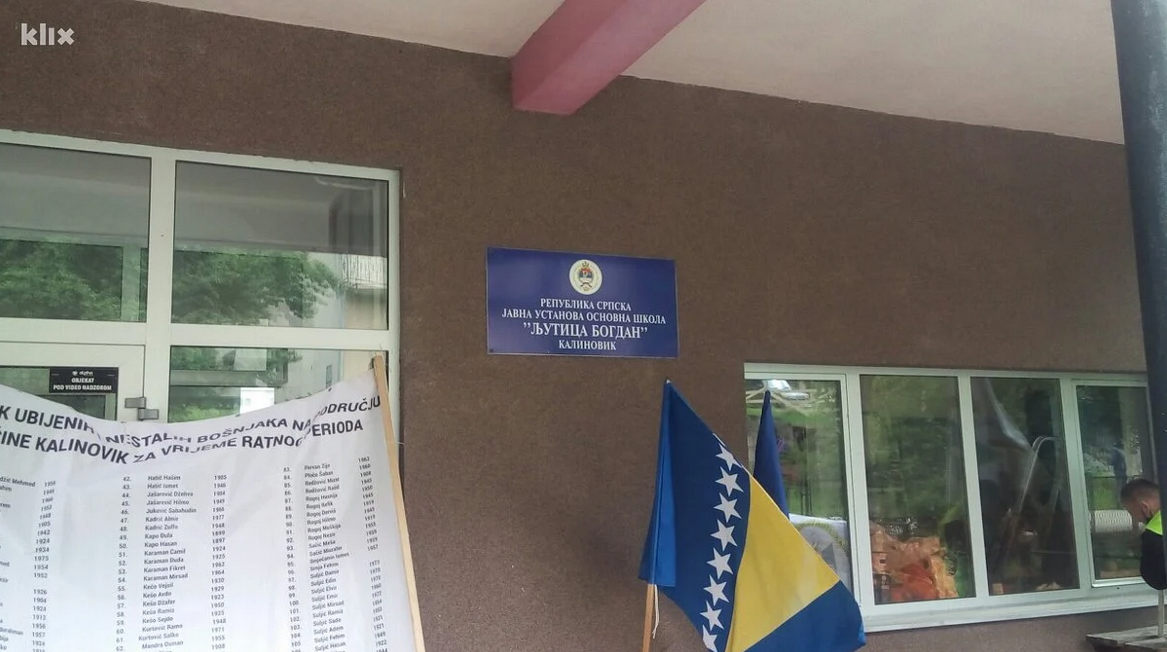
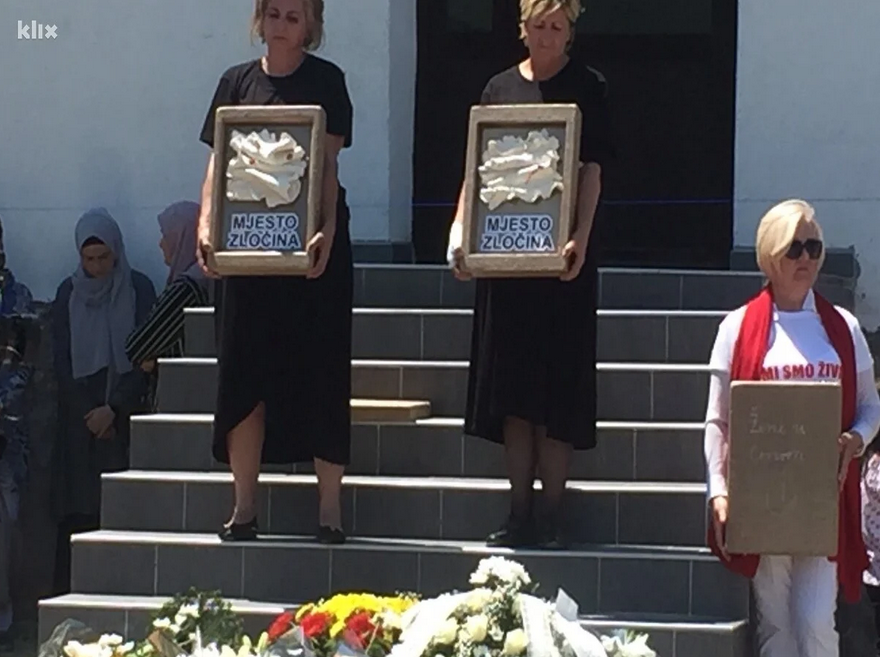
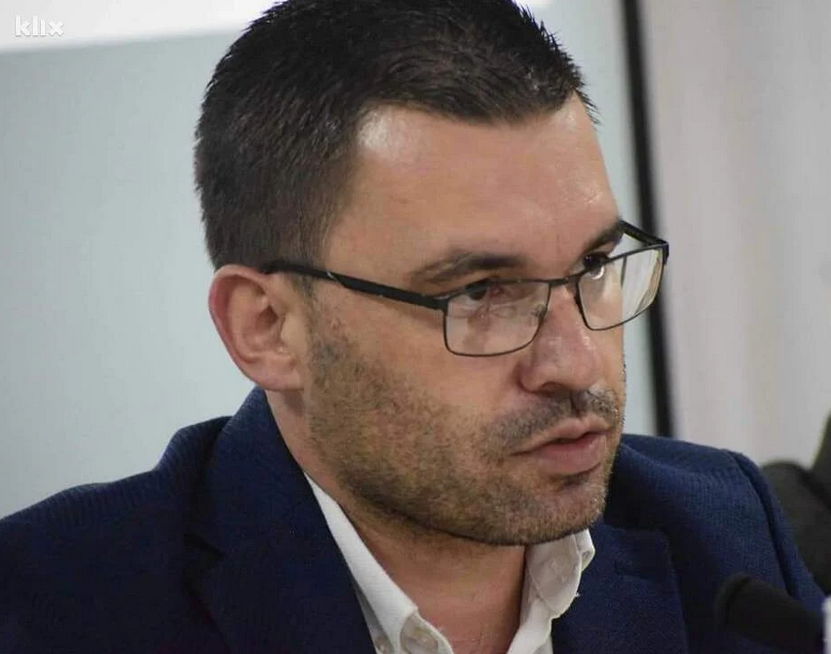
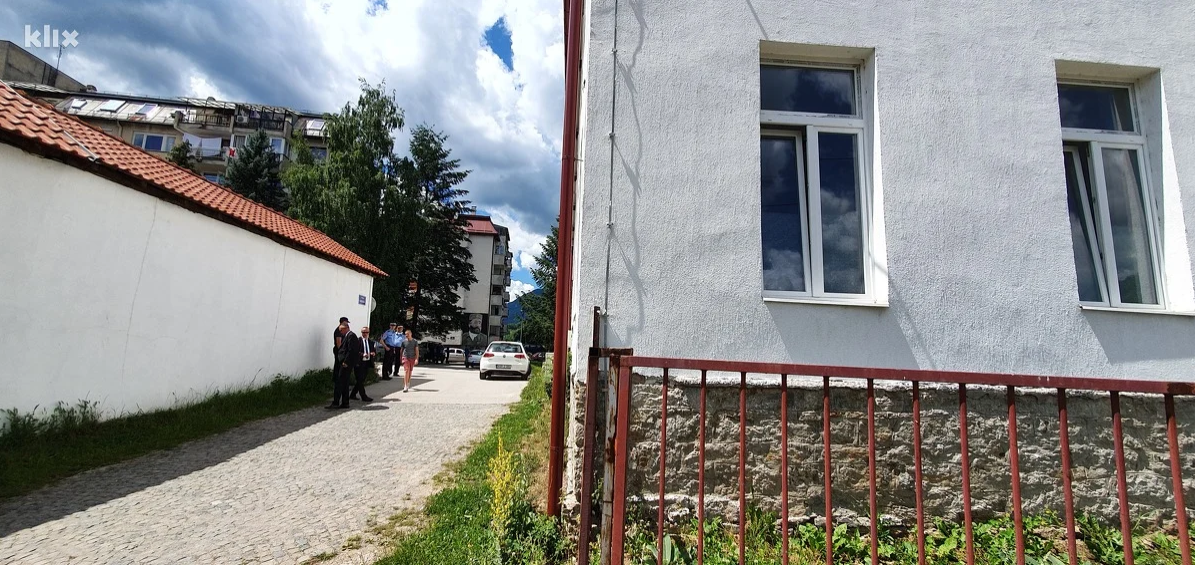
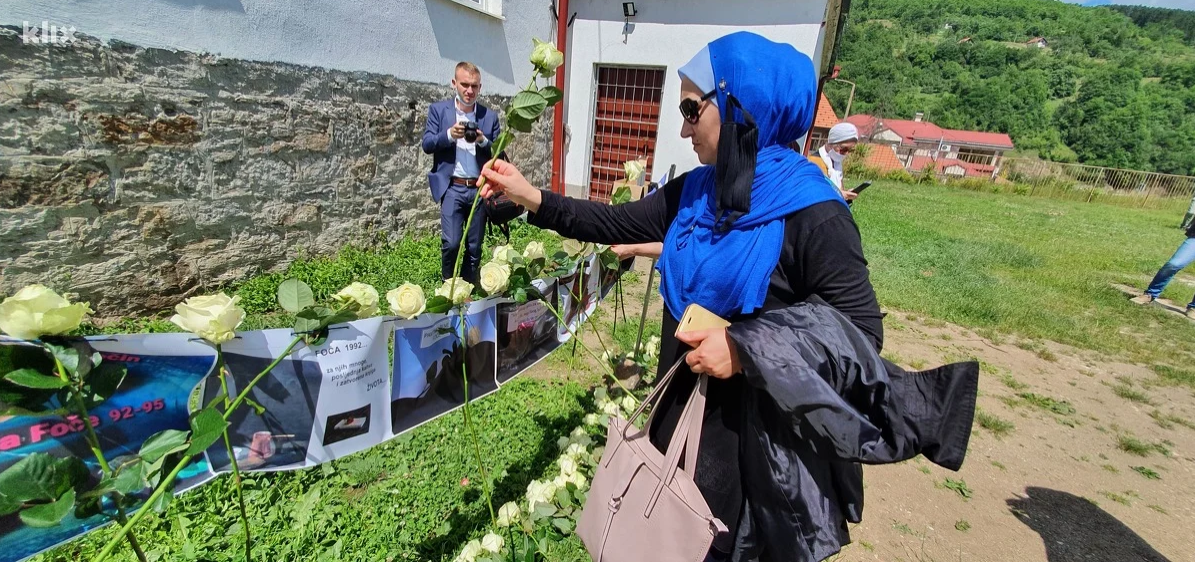
(1).png)
(1).png)